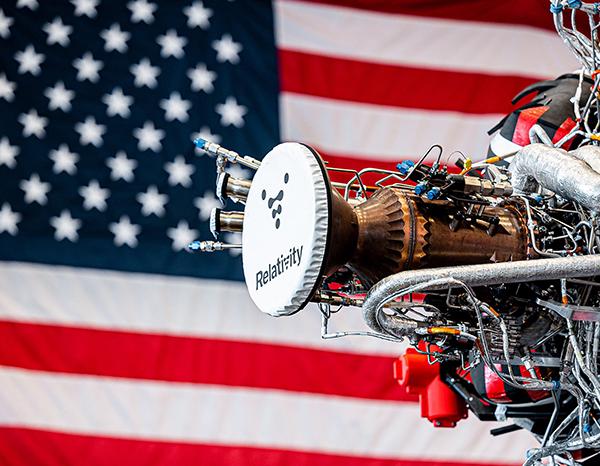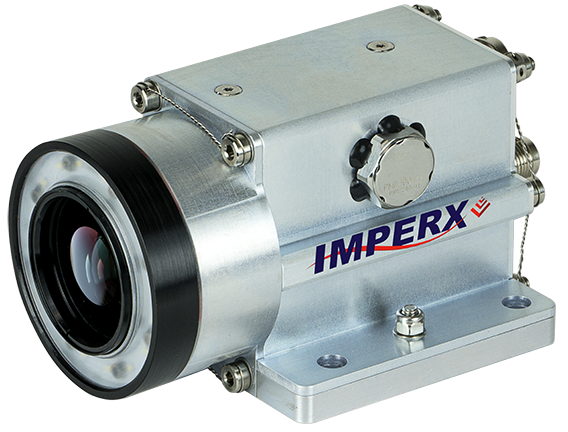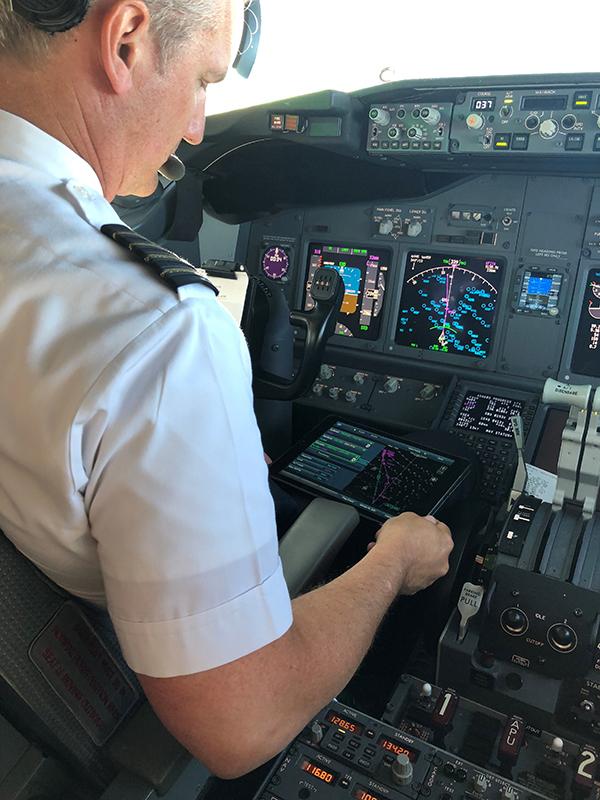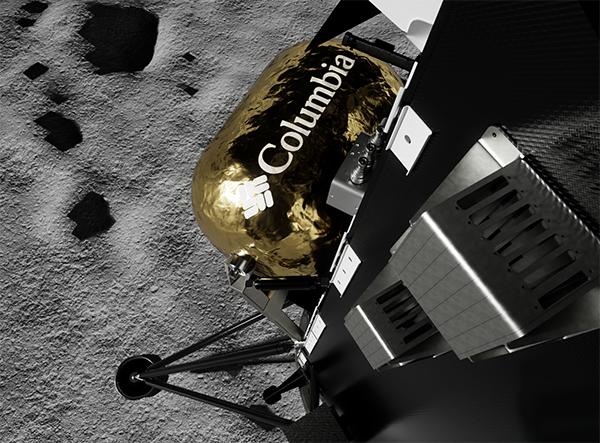A Tail Not to Get "Torqued" About
Helicopter owners and pilots now have an option to buy a device that improves performance by reducing the craft's natural tendency to turn due to torque.
The Langley Research Center granted a license for "tailboom strake" technology to Boundary Layer Research (BLR), Inc., of Everett, Washington. The Royal Airforce of New Zealand is currently using the NASA-patented device. The Australian Defense Force is installing the technology on their fleet of UH-1 helicopters. In the U.S., BLR is applying for Federal Aviation Administration (FAA) certification to make the technology available to civil operators and owners.
A NASA-Army team of researchers developed the tailboom strake device, a straightforward technology that redirects winds created by a helicopter's main rotor. Typically 10- to 15-feet long, the helicopter strakes run the length of the tailboom and extend diagonally from the surface about 3 inches. One strake is located near the top of the tailboom and the other near the bottom of the tailboom.
Reported benefits are improved stability, less horsepower needed for the tail rotor, improved side-to-side (yaw) control, enhanced altitude performance, increased payload capability at high altitude, reduced fatigue for tailboom and related flight critical components, and lower maintenance costs.
BLR is a small company that develops and markets performance aero-modifications for after-market application, selling them in a kit form with FAA approval. Company products include vortex generators, winglets, wing tanks, airframe strakes, stall strips, and landing gear upgrades.
In August 1997, a fortuitous Internet search using the word "strake" led company president Robert Desroche to a page detailing the NASA and Army work with helicopter tailboom strakes. The technology had been patented by the space agency in 1987. Desroche then contacted NASA and began working towards licensing the technology. A commercial license to market the NASA-patented strake technology was granted on December 16, 1998. The next day, the company sold its first product resulting from the technology.
The strake technology represents BLR's first venture into the rotorcraft modifications market. "We are very pleased to be selected by NASA to further develop this technology and we are anxious to get it to the operators where it can do some good. Operators work a very delicate profit margin and this technology will help tip the scale in their favor since it can reduce maintenance and increase performance. The fact that it improves safety by improving yaw control margins is just icing on the cake," says Desroche.
In February 1999, BLR announced delivery of its first Tailboom Strake Kit to the U.S. Army Aviation Center at Fort Rucker, Alabama. The Army is evaluating the device as part of an enhanced anti-torque system for its single rotor helicopters. That same month, the company also announced the placement of an advance order by a commercial company for 22 Tailboom Strake Kits, enough to modify an entire fleet of helicopters used in carrying sightseeing passengers over the Grand Canyon.
According to David George, BLR's vice president and manager of the newly formed rotorcraft division, the company has plans to design kits for 16 different helicopter models within the next 2 years. BLR's future tasks are to refine the technology, optimize the design for the different models of helicopters, and to secure FAA approvals for the modifications.
Desroche explains, "Helicopter operators can see that these two little pieces of technology have the power to save lives, and we are working as quickly as we can to make it available."

Boundary Layer Research, Inc., is marketing NASA's patented "tailboom strake" technology, improving the safety of helicopters.













